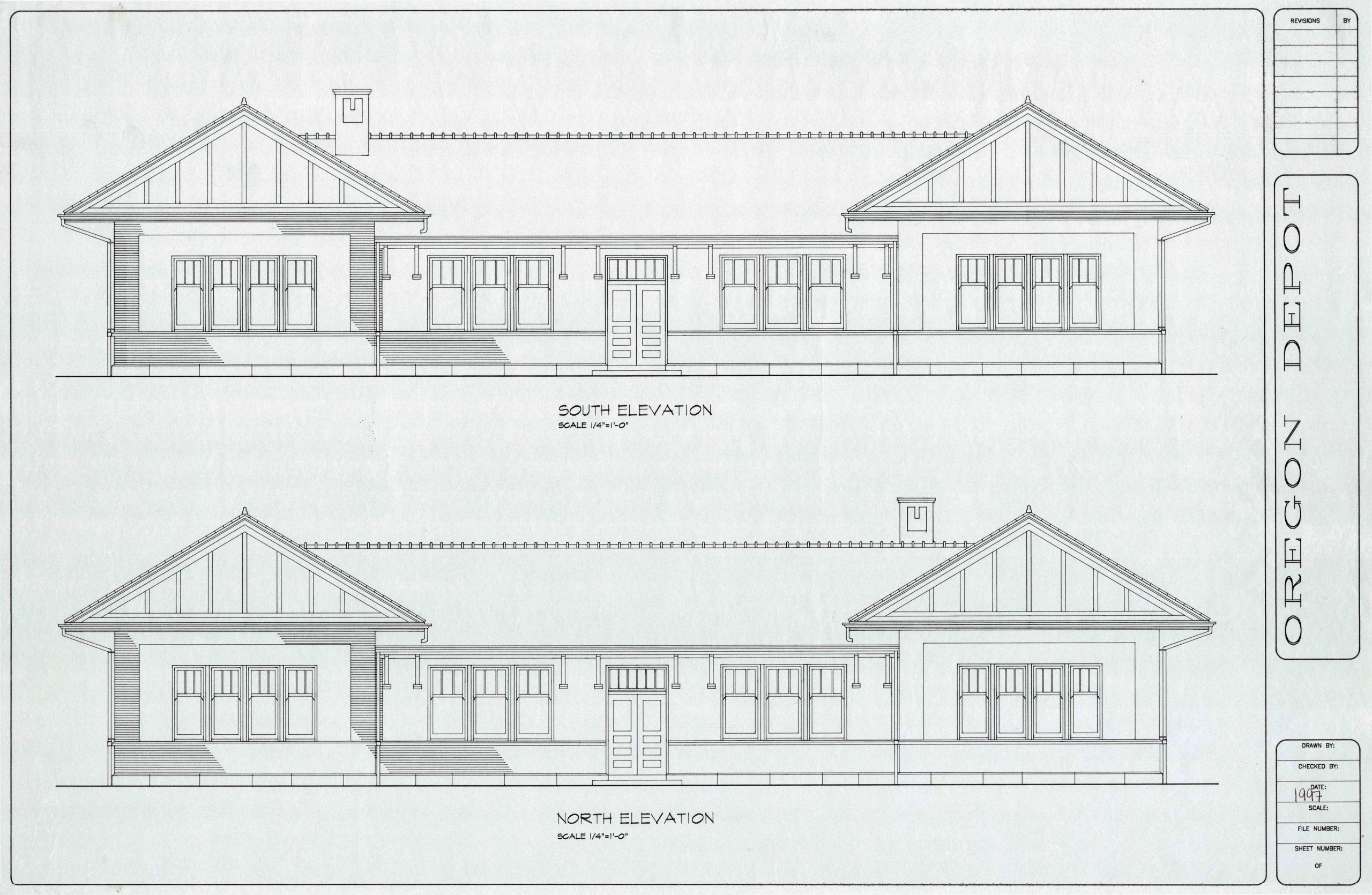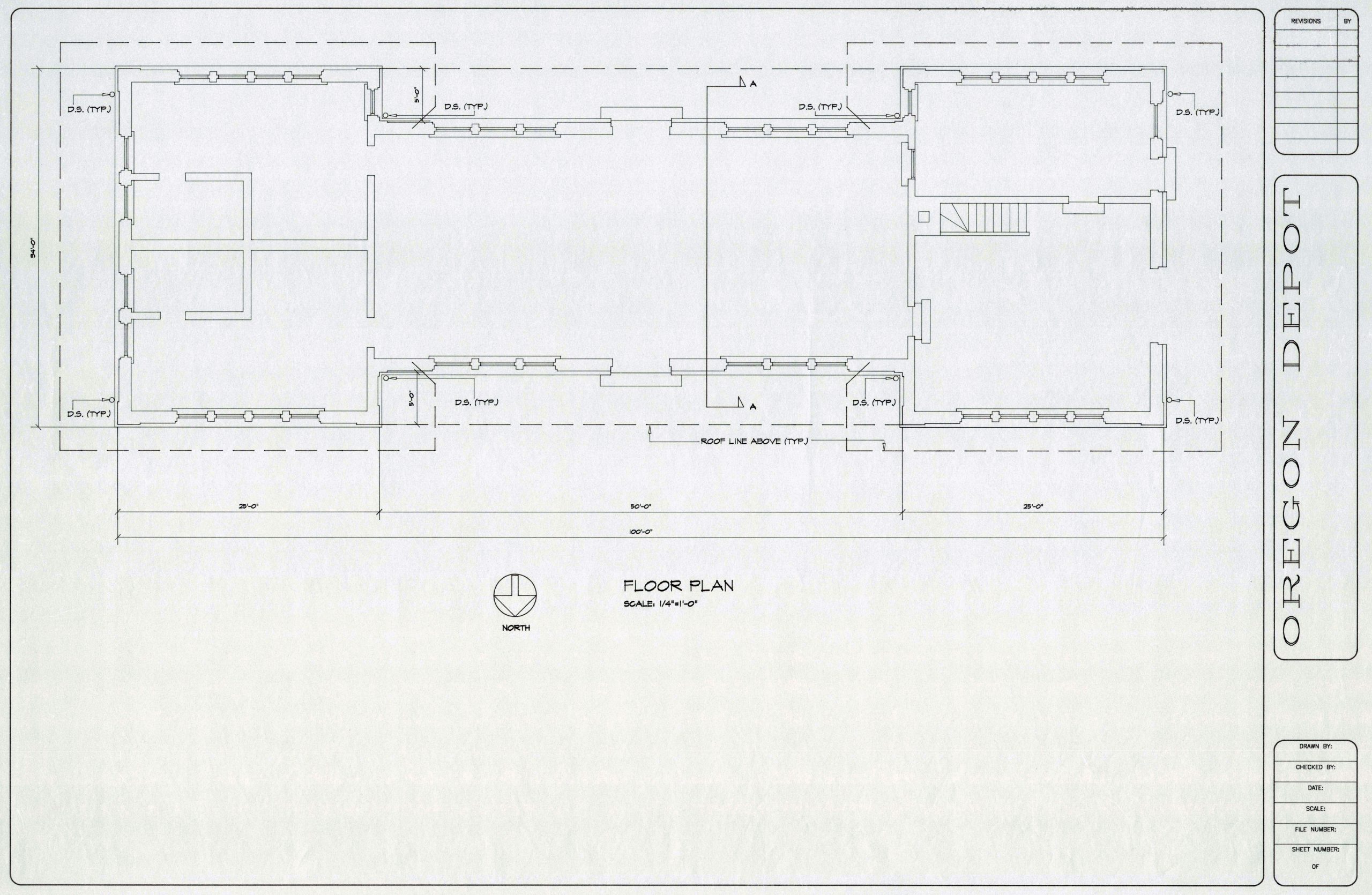The very first depot in Oregon was a two-story building constructed in 1872. It was a frame structure with ticket office, passenger waiting room, and freight room on the first floor and crew sleeping quarters on the second floor. A fire was discovered at 5 am on Saturday, November 10, 1893, and an alarm was sounded and the fire bell was rung. The fire department showed up with their hose cart, but because the nearest fireplug was one-half mile from the depot, the structure burned to the ground. The building, insured for $3,000, was a total loss.

The railroad promptly replaced the original depot with a frugal single story frame structure in 1894, but that too was struck by fire in 1909; this time however, the Oregon Fire Department was able to save most of the building. Since only the ticket office had suffered serious damage, the Chicago, Burlington & Quincy Railroad had serious doubts as to whether the salvaged building even warranted replacement, and was considering the elimination of Oregon as a passenger stop altogether.

At the time however, one of the more influential residents of the area was Congressman Frank Lowden who had established his Sinnissippi farm just southeast of Oregon; but perhaps of equal significance was the fact that the congressman’s wife Florence happened to be the daughter of George Pullman, manufacturer of the Pullman Palace cars, widely used for passenger service among all of the nation’s railroads. Lowden’s input weighed heavily in the railroad’s ultimate decision to build a brand new single story depot in 1913.




